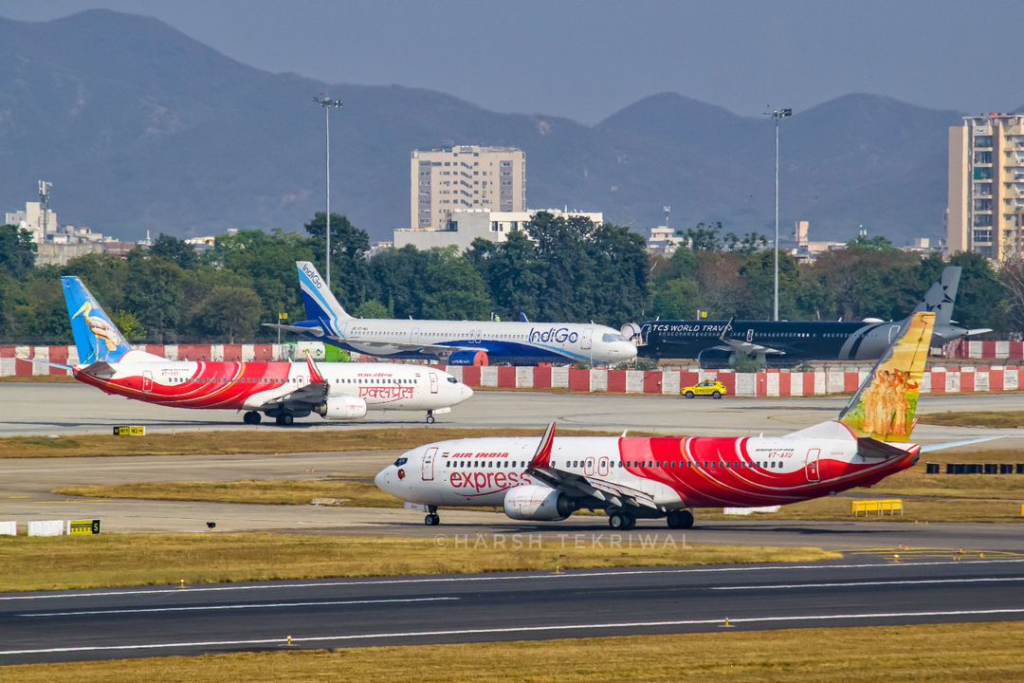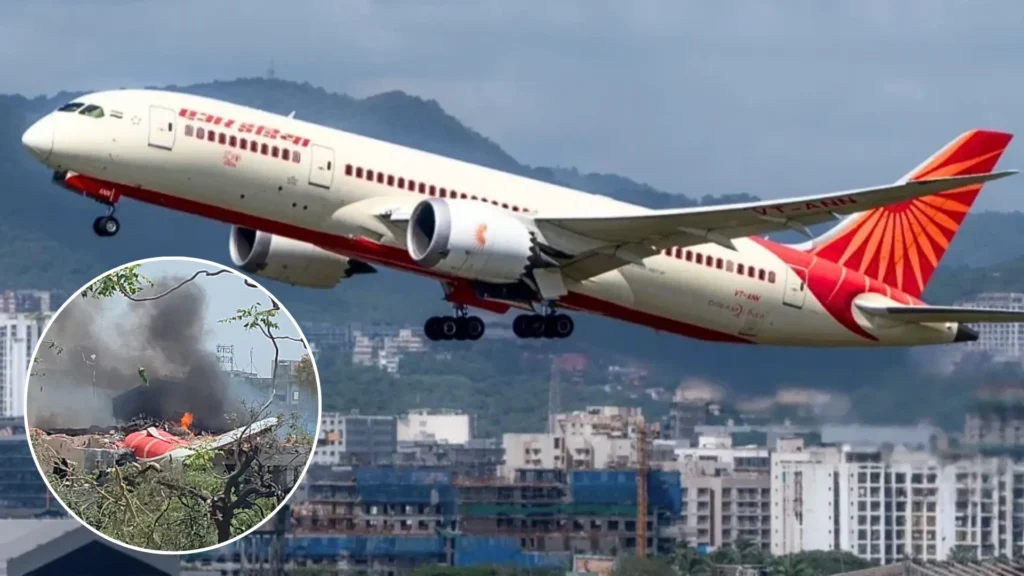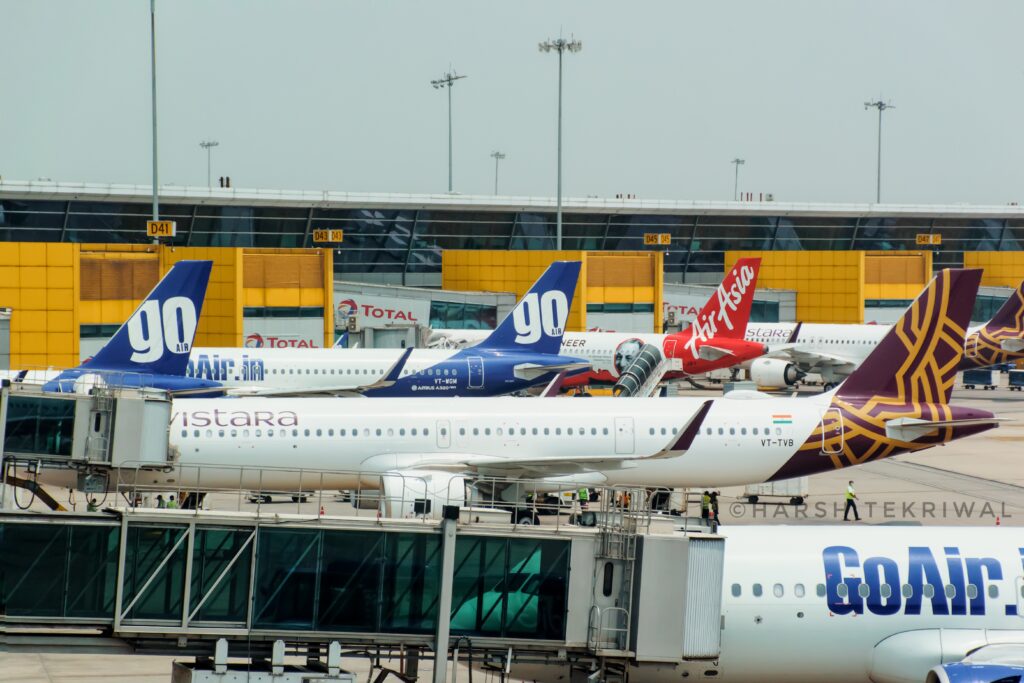
DELHI- India’s aviation regulator, the Directorate General of Civil Aviation (DGCA), identified 263 safety-related lapses across airlines during its annual audits. Government-owned Alliance Air (9I) recorded the highest number of findings, while Air India (AI) and Star Air (OG) followed closely.
The audits covered several operators, including carriers based in Delhi (DEL), Mumbai (BOM), Bengaluru (BLR), and other major hubs. While some findings occurred near the date of the Air India Express (IX) crash in Ahmedabad (AMD), the DGCA clarified that these were unrelated.
 Photo: avgeekwithlens/ Harsh Tekriwal
Photo: avgeekwithlens/ Harsh TekriwalDGCA Audit Finds 263 Lapses
The DGCA conducts annual audits as part of its Annual Surveillance Plan (ASP) under its Safety Oversight Programme, aligned with ICAO (International Civil Aviation Organization) guidelines. These evaluations help identify gaps in safety, maintenance, crew procedures, documentation, and compliance.
Out of the 263 findings, 19 were categorized as Level 1, indicating relatively serious issues. These included:
- Vistara (UK) with 10 Level 1 findings
- Air India (AI) with 7
- Air India Express (IX) with 2
Most findings fell into Level 2, which are less severe but still demand corrective action.
The DGCA was clear: airlines with large fleets and extensive operations—like IndiGo (6E) and Air India (AI)—are statistically likely to show more findings. That’s not necessarily a red flag. It simply reflects the scale and complexity of their operations.
Here’s a snapshot of findings per airline:
- Alliance Air (9I) – 57
- Air India (AI) – 51
- Star Air (OG) – 41
- QuickJet Cargo (QD) – 35
- Air India Express (IX) – 25
- IndiGo (6E) – 23
- Vistara (UK) – 17
- SpiceJet (SG) – 14
The audit for Akasa Air (QP) is still pending completion.
Note: Air India and Vistara are now a combined entity, but during the audit, it was separate, and the merger was completed on 12 November 2024.
 Photo: Siddh Dhuri, Compounded by Aviation A2Z
Photo: Siddh Dhuri, Compounded by Aviation A2ZNo Direct Link to Recent Crash
The timing of some inspections coincided with the Air India crash in Ahmedabad that killed 260 people. However, the DGCA confirmed these findings were not linked to the tragedy.
Instead, the audits are part of a routine oversight structure meant to catch deviations before they escalate.
The presence of findings, in this context, points to effective regulatory checks, not systemic failure.
 Photo: avgeekwithlens/ Harsh Tekriwal
Photo: avgeekwithlens/ Harsh TekriwalCorrective Action and Continuous Monitoring
After each audit, the DGCA formally notifies the concerned airline, which must respond with a corrective action plan and compliance report. The regulator tracks these responses and ensures the measures are implemented.
The agency reiterated that these processes reinforce the commitment to safety and allow the sector to adapt and improve continuously.
Despite the number of findings, India’s aviation safety framework remains aligned with global standards, and the regulator’s role is both proactive and transparent.
Stay tuned with us. Further, follow us on social media for the latest updates.
Join us on Telegram Group for the Latest Aviation Updates. Subsequently, follow us on Google News
Over 500 Boeing 787 with Faulty Parts Cleared Audits Amid Italian Scam
The post DGCA Indian Airlines Audit Flags 263 Safety Lapses appeared first on Aviation A2Z.












